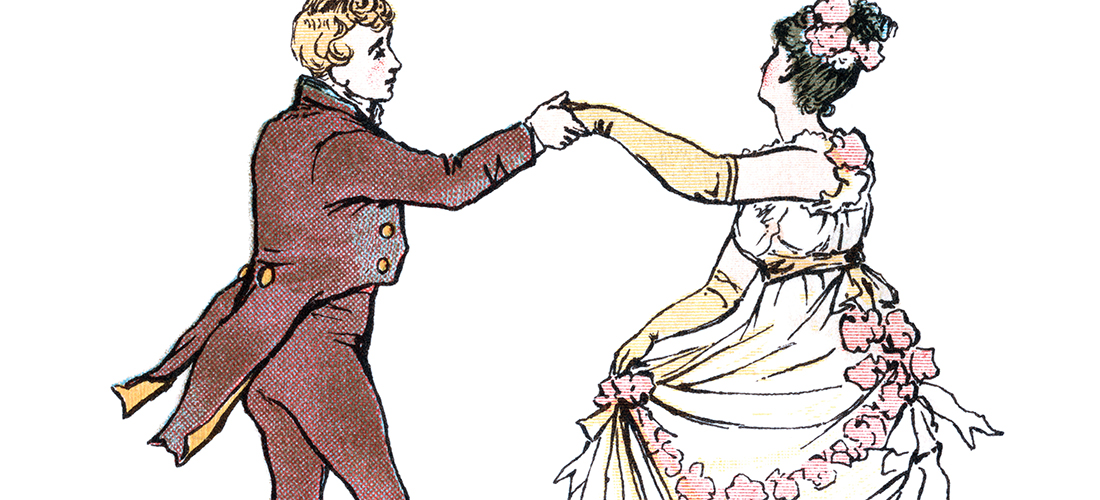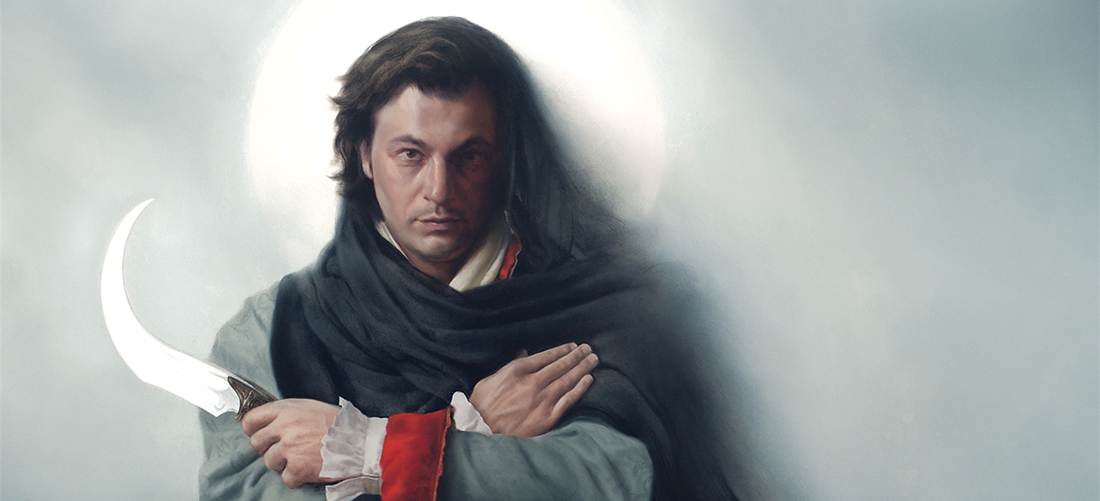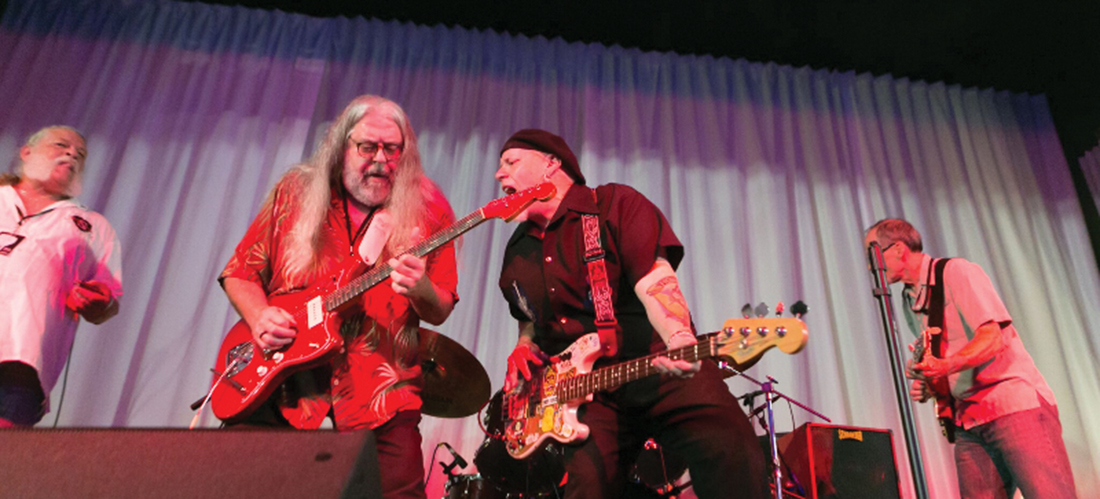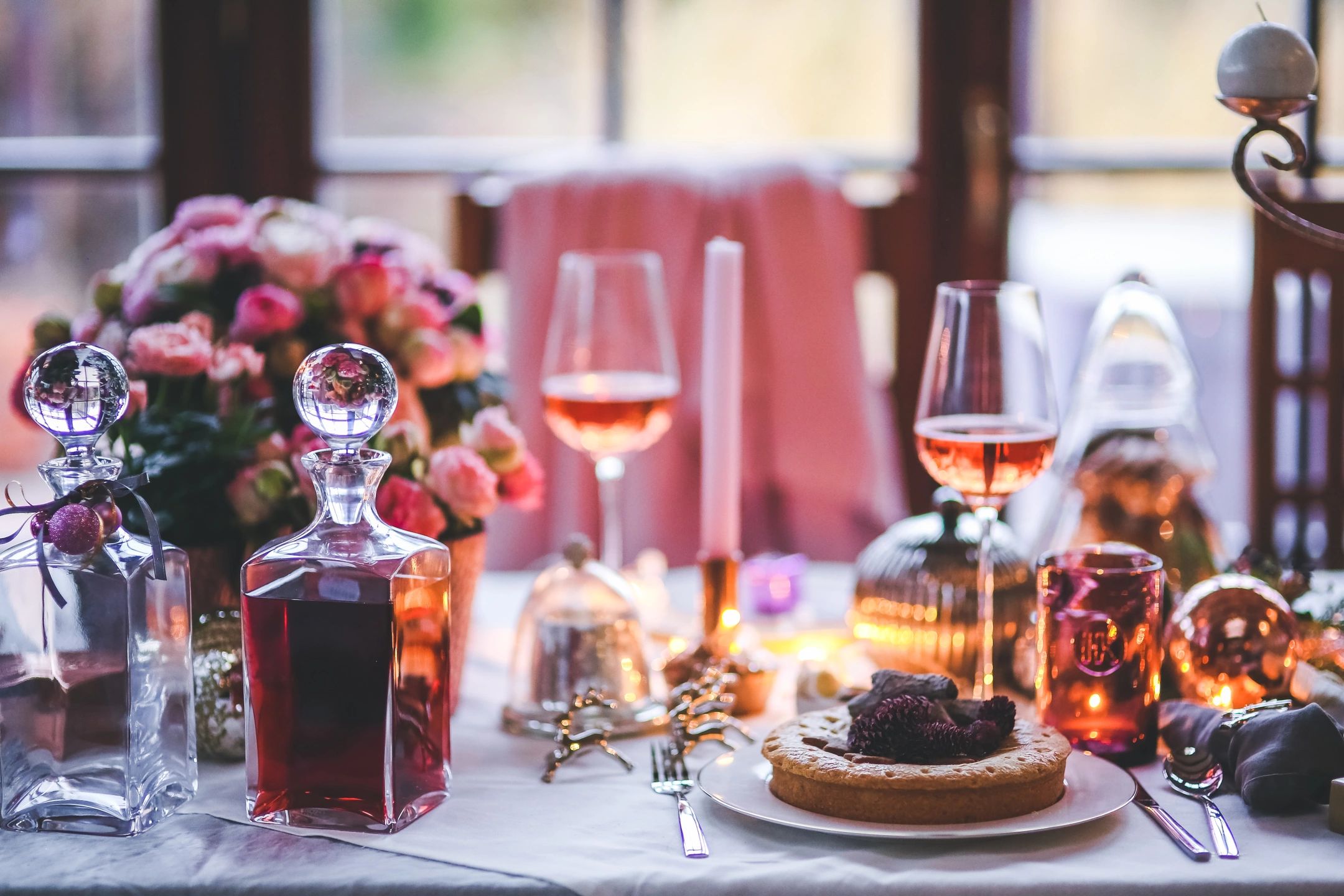Wandering Billy
Shaving Grace
And new life on South Elm Street
By Billy Eye
“No one goes there nowadays, it’s too crowded.” — Yogi Berra
My pal Taylor Bays and Eye had a notion to visit the old high-rise Hilton Hotel across from Greensboro College, now a luxe residential facility dubbed The District at West Market. I wondered if the folks there read O.Henry magazine’s feature a few months back about Elvis Presley’s experience encamped in their top floor suite during the early to mid-1970s when he thrilled standing room only crowds at the Coliseum.
According to the receptionist that story was indeed quite popular, and it turns out the lady who lives in the penthouse suite resides there specifically because of that Elvis connection. Even more fascinating is the mystery as to what, or who, has, on occasion, been rearranging the lobby furniture in the early morning hours. Consensus is, it’s the restless spirit of Elvis Presley at play. As good a guess as any given that security cameras consistently reveal no one in that area when any impromptu redecorating occurs.
On a related but sadder note Francine York, Elvis’s co-star in Kissin’ Cousins (1964) quoted in that O.Henry article, passed away a few weeks ago. She was 80. Francine was a sparkling comedienne and dramatic actress known for her roles on Batman, Bewitched, Lost in Space, Columbo and dozens of other classic TV shows and movies. While I’ll miss her upbeat effervescence and imaginative Christmas cards (This year she posed as Wonder Woman), Hollywood has lost a consummate party hostess, the very embodiment of that charm, comaraderie, good humor and, most especially in her case, glamor that defined
Tinsel Town’s golden era.
***
The other day as I was passing the 400 block of East Market — a compact shopping plaza constructed around 1951 — the ancient railroad overpass nearby reminded me that decades ago it was the line of demarcation separating blacks and whites. In fact, blacks would pass through one side of the bridge while whites traversed the other, hence the dual tunnels. In an interview conducted a few years ago, longtime downtown restaurateur Minas Dascalakis (Princess Cafe) remembered what that was like back in the 1940s: “You go down East Market Street there is a bridge, you know what they used to call it? The Bullpen. You’re supposed to be like a bull to go through, that’s how rough it was. Always had two police officers. One very big guy was Lt. Mitchum, he could pick up a 200-pound man, lift him up and throw him on the ground. There were no questions, no questions. There was another officer, a black man about 350 in weight, on the other side of the Bullpen.”
Strolling along the southern side of what used to be the Bullpen, I remember when the area was the erstwhile home to the Eat Well Café and The Sportsman, a pool hall. Today it’s mostly in transition but one storefront is as lively and vibrant as any time before. At Service Barber Shop, proprietor Willie Brooks has been clipping and buzzing for more than forty years, and for a long time before that at his other nearby location. I knew I was in for an authentic experience when he shot me that look one gives when a salty cracker walks in off the street. You know, like, “What’s this jerk selling?”
Before Willie Brooks opened in 1975, African-Americans were largely discouraged from owning a business west of the tracks just a few yards away. He operates a traditional barber shop in every sense, from the chrome and leather swivel chairs to the combs soaking in blue Barbicide; undoubtedly a place where community news is disseminated in much the same way it was before the Internet simultaneously connected and separated us.
Farther west on the 300 block of East Market, finishing touches are being applied to a cavernous event space christened the 1922 Carolina Cadillac Company Building where Adamson Cadillac Olds sold Fleetwoods and Rocket 88 Coupes before it became the first home of another venerable Caddie dealer. However, as Mr. Brooks tells me, “They wouldn’t sell black people a Cadillac back then.” Ironic given the name of the dealership.
***
Alarmed that a “For Lease” sign was tacked to the front of Glitters on the corner of South Elm and West Washington. I stopped in to talk with Desiree Brooks about what I hoped wasn’t another business closing in the city center. Her father Gary Barskey opened what was once euphemistically known as a “head shop” in the former Silver’s Five and Dime a quarter century ago. “Downtown is not very retail-friendly,” she told me. Desiree expressed what a lot of people are saying these days: “Restaurants and bars are all that’s down here now. But after you eat, or before you eat, you like to wander around where there are shops you can go in. There needs to be more of a balance.” The good news is that Glitters is moving farther down South Elm to where Coe’s Grocery sold produce beginning in the 1930s, close to The Railyard off of Lewis Street, where all the action is right now. OH
Billy Eye would love to hear any suggestions you might have as to where he should wander next, write to him at billy@tvparty.com.










